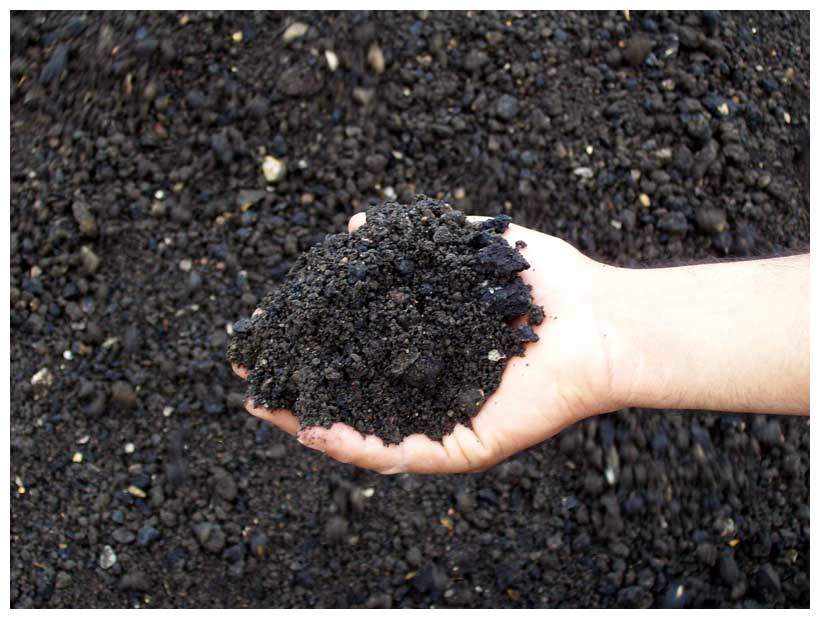What is Reclaimed Asphalt Pavement (RAP)?
Roadways are made up of aggregate materials (stone) held together with a binding agent (asphalt) engineered to withstand specified traffic loads for a desired time period. The asphalt binders age as they are exposed to sunlight, moisture, and temperature which cause it to oxidize and lose its binding properties. These changes, over time, will result in roadway deterioration and eventuallu, failure.
Regular maintenance extends the life of the roadway but ultimately, maintenance cannot provide the road quality (safety/ride) required. All roadways eventually require resurfacing or replacement to meet ongoing demand. During the rebuilding phase of the roadway lifecycle, the existing roadway asphalt and aggregate is partially (milled) or altogether removed. Historically, these removed materials have been discarded. Due to advances in technology-driven by an interest in sustainability and earth-friendly efforts, there is now an opportunity to economically recover and reuse these materials. This reclaimed material, called Reclaimed Asphalt Pavement / Recycled Asphalt Pavement (RAP), is combined with new asphalt and aggregate to meet roadway specifications once again. The RAP in this new roadway reduces the amount of required virgin asphalt and aggregate, saving both money and the environment.

Challenges Facing Asphalt Paving
The solution:
Rejuvenate and recycle higher levels of
Recycled Asphalt Pavement (RAP)
with the help of Sripath’s
Rejuvenator / Recycling Agent, ReLIXER®.
“RAP usage during the 2019 construction season is estimated to have reduced the need for 4.5 million tons (24 million barrels) of asphalt binder and more than 84 million tons of aggregate…”
(NAPA 2019)
Restore & Reuse with
ReLIXER®
“The asphalt industry reclaims about 65 million tons of its own product every year, and reuses or recycles about 99 percent of it. This makes it America’s number one recycler.”
(AsphaltRoads.com)
Deeper Insight
